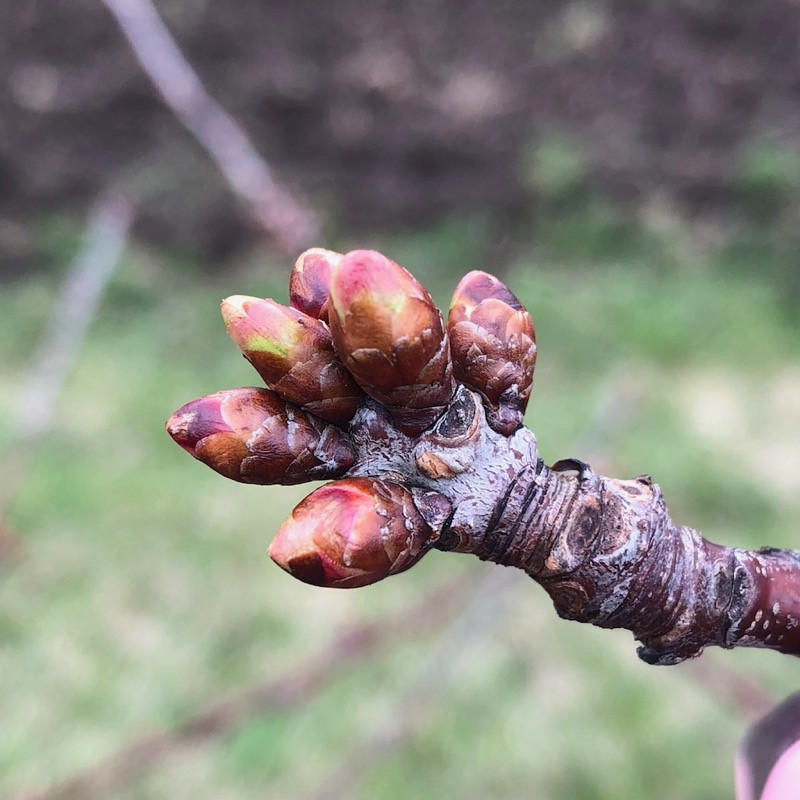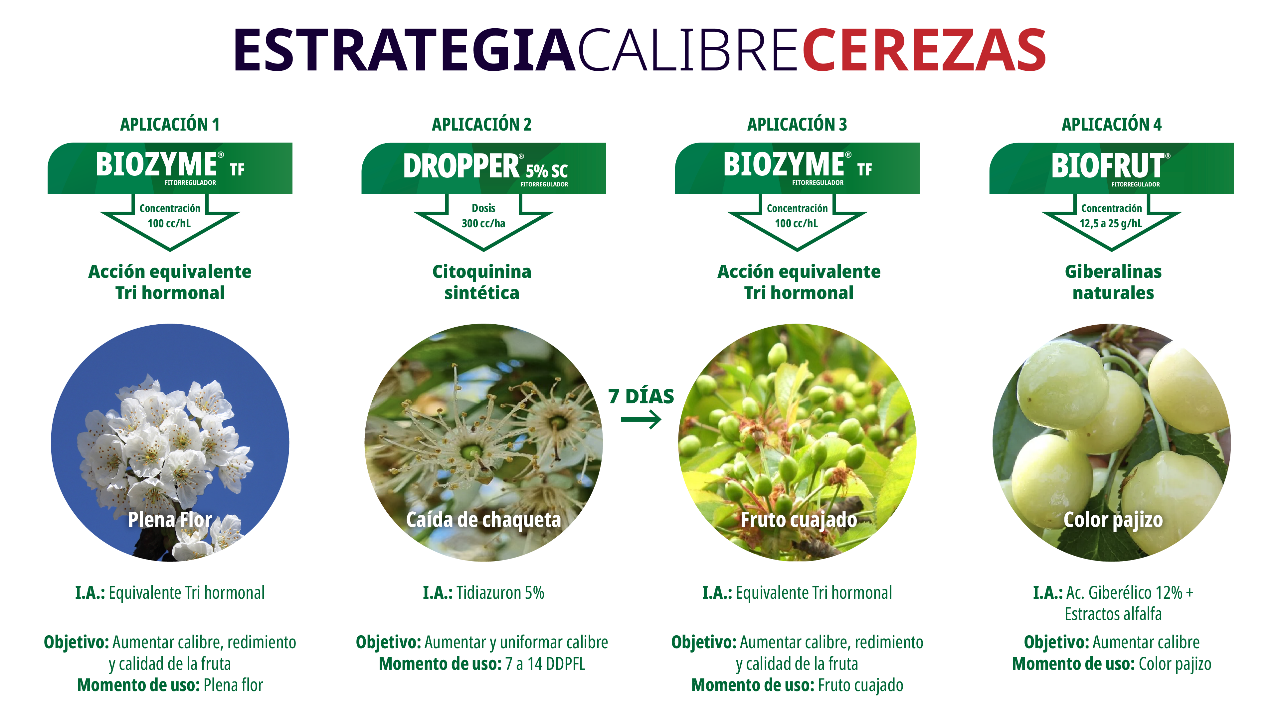Protected cultivation systems have been rapidly adopted worldwide due to the advances they have brought in agricultural production. Although the implications of using these systems on the plant (to increase its growth and productivity) have been extensively studied, the aspects related to pollinating insects are still poorly understood.
The services provided by pollinating insects, however, are essential for maintaining ecological stability as well as fruit and vegetable production. It is estimated that over 75 per cent of cereals require pollination, accounting for one third of the global food supply. Previous studies have identified that covers such as bird nets and polythene covers have a negative impact on honey bee activity.
This decrease in activity has been attributed to a number of critical factors, such as increased temperatures and humidity, increased exposure to pesticides, changing light levels and UV transmittance (which disrupts the flight of these insects), physical damage or entanglement in nets, reduced pollen and nectar availability, and low floral diversity.
The health and effectiveness of honey bees (Apis mellifera L.) during pollination of sweet cherry crops were examined in the study conducted in Tasmania, Australia, using bird nets and polythene rain covers. Twelve bee colonies were fitted with radio frequency identification systems (RFID) and bees were tagged during two consecutive seasons.
The colonies were equally distributed between the following groups: open control, anti-bird net and polythene (semi-permanent VOEN in 2019 and retractable Cravo in 2020). Behavioural parameters, including foraging onset age, number and duration of visits and overall survival, were monitored throughout the commercial pollination period, involving more than 1300 bees.
The results demonstrated the variability of microclimatic conditions at the various colony sites. In particular, temperature was higher in VOEN systems, while wind speed and solar radiation were higher in the absence of cover. In all cover types, bees started foraging within the optimal age range (mean 15.7-24.1 days), with minimal evidence of increased mortality or prolonged stress during the short season.
The total time required for bees to forage effectively was significantly increased by polythene covers (VOEN & Cravo). Bees from hives placed under cover made up to 155% more foraging excursions and had a longer cumulative duration. The amount and type of pollen collected was substantially influenced by the type of cover, with the most restrictive system (VOEN) producing the highest percentage of cherry pollen.
Overall, this study stands in stark contrast to previous studies showing that the protective covers tested do not have a negative effect on the foraging behaviour of bees in cherry trees. This is only a starting point: further research is needed to fully understand the impact of protective covers on pollinators, as crop diversity and the area of land covered continue to expand rapidly. Sustainable food production is at risk as the availability of pollinators for crop pollination continues to decline.
It is therefore imperative to optimise cultivation conditions to facilitate effective crop pollination and pollinator survival. We aspire that future canopy systems prioritise bee welfare in their design
Source: Warren, R. J., Colin, T., Quarrell, S. R., Barron, A. B., & Allen, G. R. (2024). Quantifying the impact of crop coverings on honey bee orientation and foraging in sweet cherry orchards using RFID. Journal of Applied Entomology, 148, 566–581. https://doi.org/10.1111/jen.13247.
Image: SL Fruit Service
Melissa Venturi
University of Bologna (IT)
Cherry Times - All rights reserved












